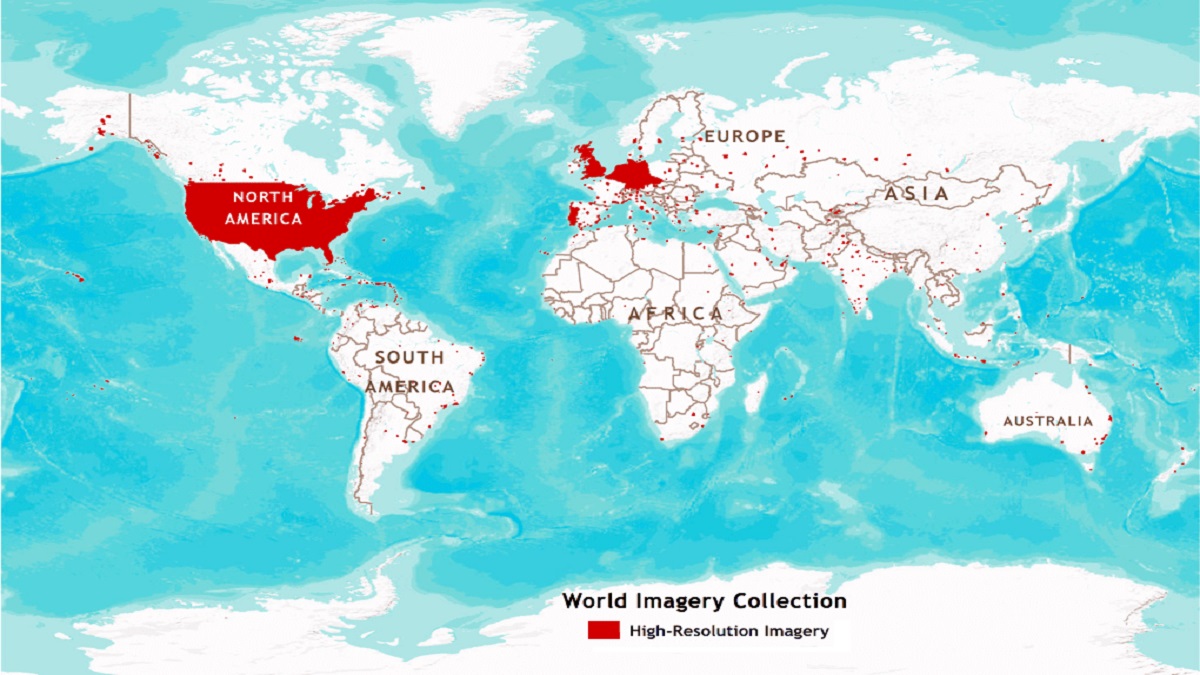
map:g6d9iheaogi= hawaii:
Introduction to “map:g6d9iheaogi= hawaii”
Many people have been intrigued by the intriguing and somewhat obscure search term “map:g6d9iheaogi= hawaii,” especially those who are eager to discover the natural and cultural treasures of Hawaii. This term appears to be associated with a particular mapping reference, maybe connected to online geographic information systems (GIS) or digital mapping technologies that offer comprehensive insights into the Hawaiian archipelago. Studying “map:g6d9iheaogi= hawaii” entails learning about the natural beauty, cultural legacy, and diverse terrain of Hawaii as well as how digital maps may improve our travels there.
Recognizing Hawaii’s Geographic Significance
Hawaii is a distinct physical region in the North Pacific Ocean and the only state in the United States completely composed of islands. The state is made up of eight primary islands, each with unique landscapes and cultural aspects, including Oahu, Maui, Kauai, and the Big Island (Hawaii). The islands are a place of scientific interest and natural beauty because they are the summits of a huge underwater mountain range produced by volcanic activity. You may utilize the geographic coordinates and mapping references, such “map:g6d9iheaogi= hawaii,” to identify certain places or features within this varied archipelago.
Discovering the Diverse Landscapes of Hawaii with “map:g6d9iheaogi= hawaii”
Hawaii’s islands are home to an amazing variety of landscapes, ranging from the lush rainforests and barren grasslands to the snow-capped summits of Mauna Kea and Mauna Loa. The state’s landscape, which includes features like the deep valleys of Maui, the active lava flows of Kīlauea, and the stunning cliffs of Kauai’s Na Pali Coast, is molded by its volcanic origins. For exploring these diverse terrains, a mapping reference like “map:g6d9iheaogi= hawaii” might be very helpful since it provides precise views of everything from hiking paths to protected marine regions.
Digital Maps’ Use in Investigating Hawaiian Culture
Hawaii has a rich cultural legacy in addition to its stunning natural surroundings. Among the state’s varied inhabitants are Native Hawaiians, whose customs and way of life are intricately linked to the environment. The utilization of digital maps, which may be referred to as “map:g6d9iheaogi= hawaii,” can be highly advantageous in the conservation and investigation of this cultural legacy. of the use of these tools, users may discover historical locations, customary fishing spots, or even regions of cultural value, giving them a better knowledge of Hawaii’s relationship between its people and the land.
Using “map:g6d9iheaogihawaii” for Education and Travel
In Hawaii, where rare ecosystems are frequently endangered by invading species, climate change, and human activity, conservation is a top priority. Key instruments in these endeavors are geographic information systems (GIS), which may be connected to the “map:g6d9iheaogi= hawaii” reference. They enable conservationists to oversee protected areas, organize restoration initiatives, and keep an eye on changes in the ecosystem. These maps contribute to the preservation of Hawaii’s biodiversity and natural beauty for future generations by offering accurate and current information.
In summary:
Even while the search query “map:g6d9iheaogi= hawaii” might not appear very clear at first, it might open up a world of knowledge on the geography, people, and natural environment of Hawaii. Whether you’re a tourist, teacher, or environmentalist, this mapping resource may provide insightful information on one of the most distinctive and stunning places on earth. The capacity to investigate locations like Hawaii in ever-greater depth will only become better as digital technologies develop, increasing the value of materials like “map:g6d9iheaogi= hawaii.”



